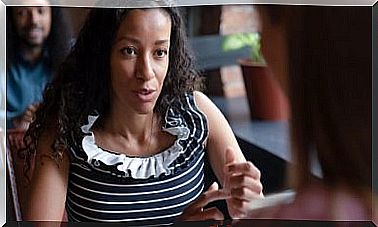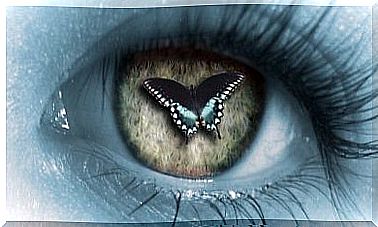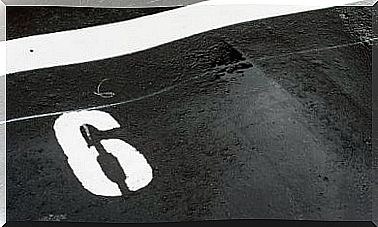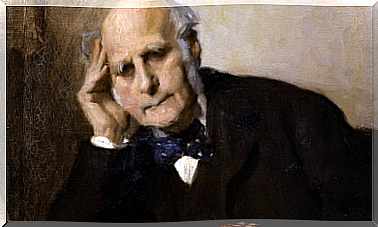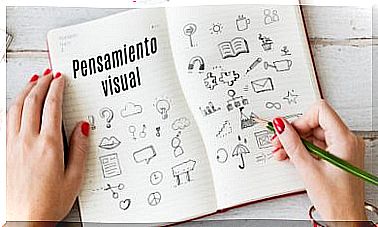How Is Psychotherapy In Children?
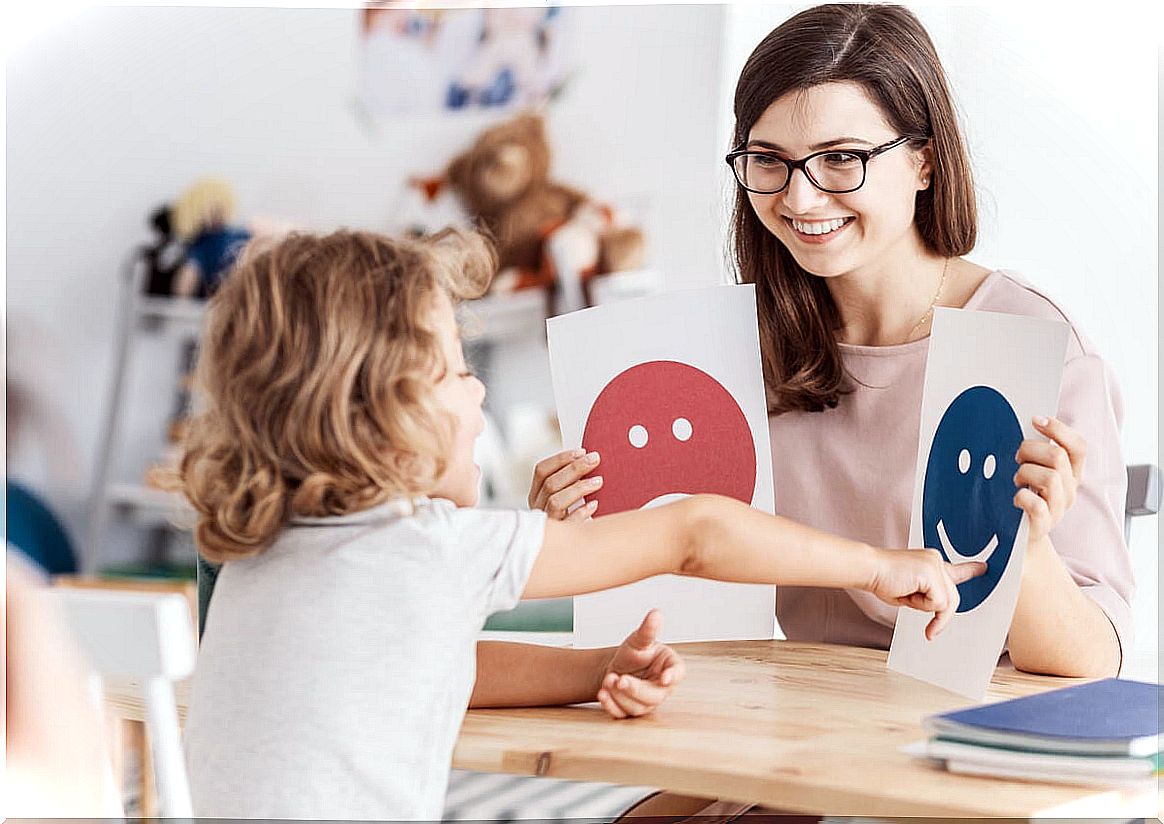
How is psychotherapy in children? What are its keys? Psychotherapy in children differs from that of adults due to the particular characteristics of childhood. Thus, in this article we will know the keys to developing an effective therapeutic process with children. As we will see, drawing and playing are extremely valuable tools in this context.
On the other hand, establishing a bond with the child and working through stimuli that motivate him will be key factors when developing a good psychotherapy. Let’s see how we can apply these and other keys.
How is psychotherapy in children?
We are going to talk about the techniques most used when developing a therapeutic process with a child. All of them, logically, must be adapted to their age and their particular characteristics.
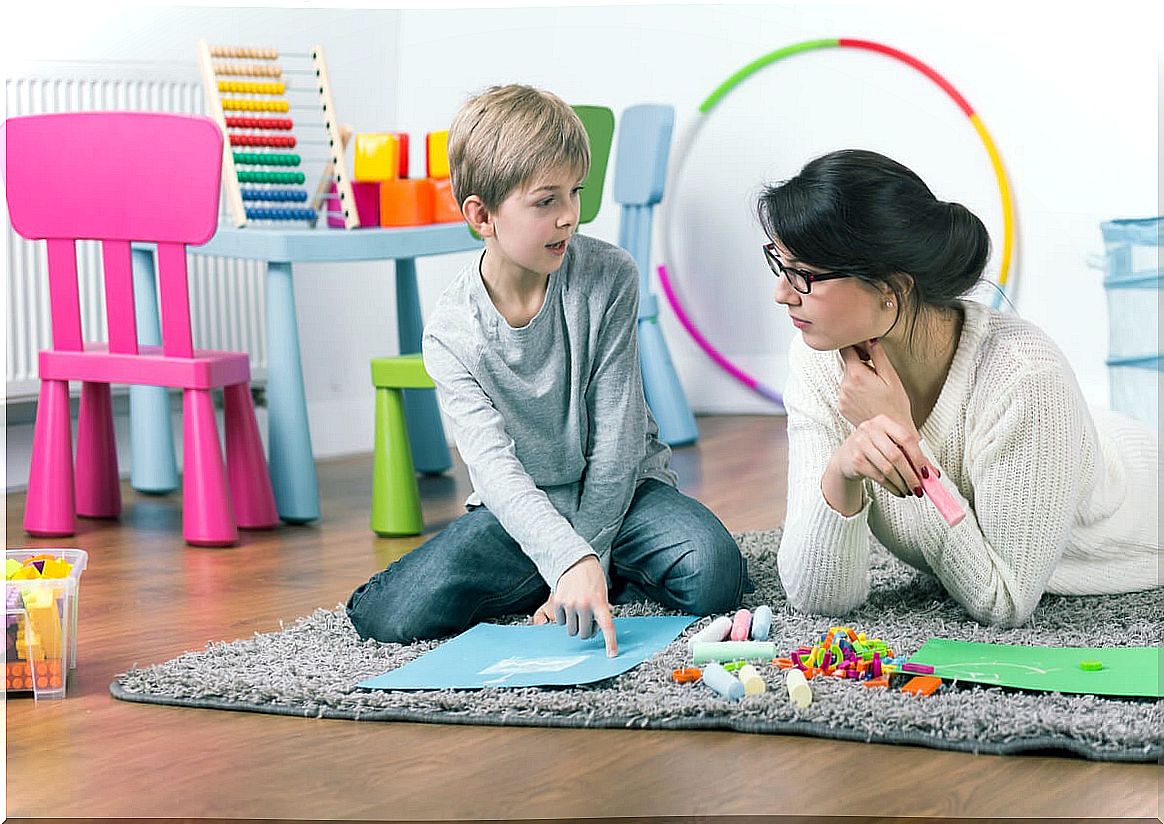
Using drawing as a tool
In psychotherapy, drawing is a very useful tool when we work with children (they are a type of projective tests). Many times, the more limited language or their immature personality makes it easier to access them through methodologies other than those used in adults.
Thanks to drawing, children are unconsciously able to express wishes and thoughts. Through him, we can access his inner world, his way of relating, to possible concerns …
According to Armina Aberastury (1962) (cited in Oyola, 2015), drawings can be very useful in treating children, in cases of speech inhibition. On the other hand, Sophie Morgenstern (Oyola, 2015), a French psychoanalyst, explains that through drawing the child expresses his internal world.
Work through play
The game, like drawing, is very useful to carry out psychotherapy in children. According to Johan Huizinga, a Dutch historian (cited in Oyola, 2015), the game is, in addition to a means of children’s expression and a playful activity, a cultural phenomenon.
This author also adds that the game is freedom, it is a pleasant activity and it is to withdraw from everyday life to a sphere without prejudice.
Play-based therapy
Play-based therapy involves the therapist creating a protected and structured environment with different games and toys. In turn, the therapist acts as a guide, and is dedicated to observing the child while he plays, writing down everything he considers relevant.
In this sense, symbolic games are usually very useful, with characters or dolls, in which the child decides “who is who” (for example “this is mom”), or “what does each one do”, and so on. Through play, the child can find his way to express his possible problems, emotions, feelings … without having to do so through oral language.
On the other hand, many times children are not aware of their problems or what really worries them. In this sense, using ways like this to discover it (in which they do not feel questioned or threatened), may be a good option for them to act in a more natural and uninhibited way.
Create a comfortable environment
Children often find the adult’s gaze very invasive or intimidating (and even more so if the adult is unknown to them). Thus, they tend to show difficulties in expressing their emotions when asking them directly, looking them in the eye.
Thus, the quality of the interaction can improve if we allow them, while they answer our questions, to carry out some kind of manual activity. In many cases, this approach helps them loosen up and feel more comfortable expressing themselves.
Observe a lot
In child psychotherapy, as in adult psychotherapy, it is very important to observe. When we say observe, we refer both to non-verbal language (looks, gestures, tone of voice, posture…) and to verbal language (what the child says and does not say).
As we said before, children are often not aware of their problems, but that does not mean that they do not express their concerns or conflicts in some way. They can do it, for example, through behavior.
Use motivational reinforcement
The use of positive reinforcement for children is also important in child psychotherapy. Many times, children go to the consultation without knowing exactly what they are going to do there, or why they have to explain their things to a stranger, etc.
For this reason, the therapeutic alliance and the bond that is established with them will be essential, so that the child opens up and connects with us. According to a study by Carvalho et al. (2015), the therapeutic alliance is a fundamental element for the success of treatment in childhood (also in adulthood).
To enhance it, as therapists we have gained ground when we are able to identify the child’s hobbies : what he likes to do, see, read … Handling this knowledge with skill will give us a tool to establish small reinforcements at the end of the session, break the ice when beginning of the consultation or adapt those tasks that we propose, so that they are more attractive.
Thus, we can use the reinforcement itself to develop the session (for example, if you like to draw or play “X” dolls, we can use this as work tools, as we have seen in the previous points). The idea is to work on the exercises or techniques that we consider, and add that “plus”.
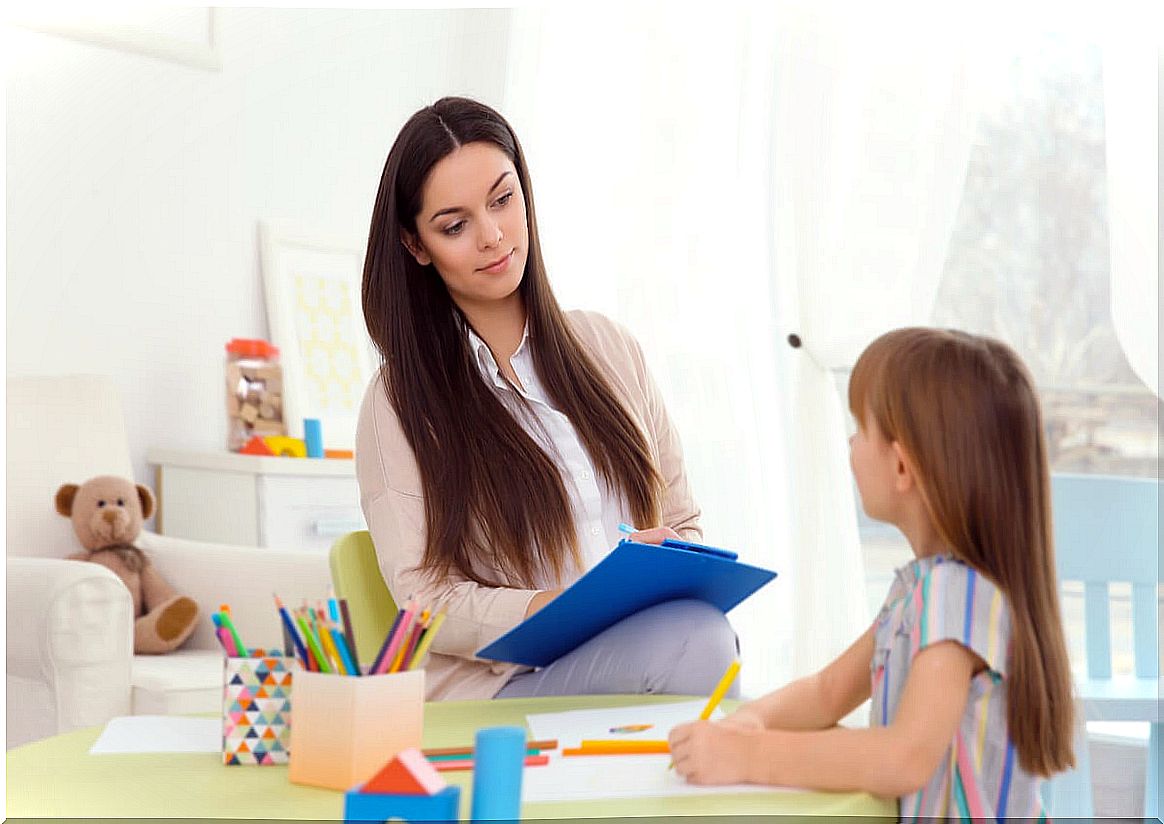
The importance of thinking like a child
Finally, another key to psychotherapy in children is to work with them from the purest empathy, thinking as a child would : how were we in childhood? What allowed us to connect with adults? What things did we like to do?
Through questions like these, we can connect with them and develop a strong therapeutic bond. On the other hand, working from empathy implies putting ourselves in his place – for example, sitting on the floor to play with him or getting at his height to carry on a conversation.
The important thing is that they can be in a relaxed environment and not feel threatened or intimidated, and that they see us as someone they can trust. In this sense, trust will be key.


